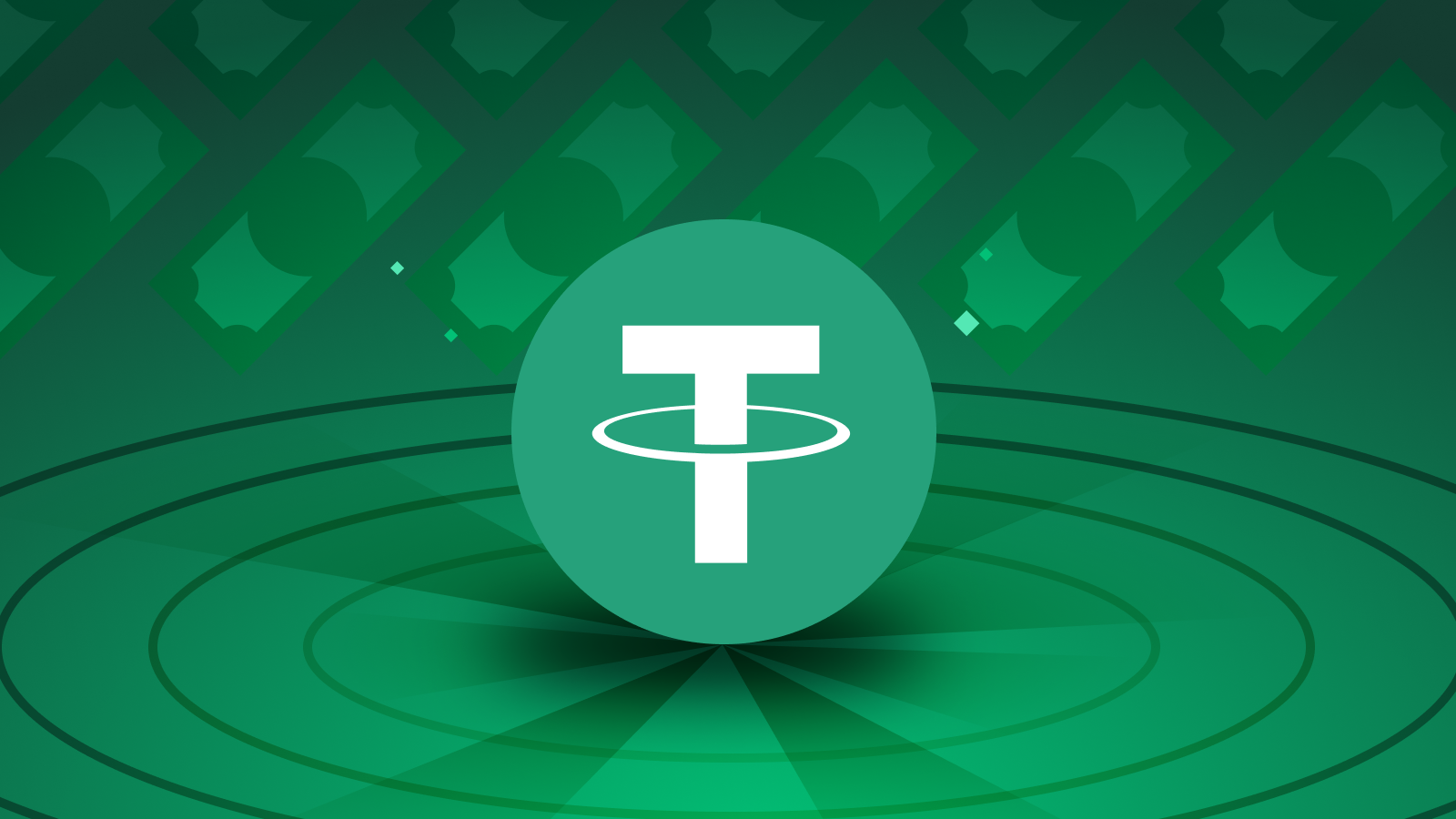It seems that a significant change is approaching in the cryptocurrency market. In the coming period, the potential dominance that the world’s major banks could create in the stablecoin market could turn into a major threat for companies like Tether. Considering the increase in regulatory reviews that emerged in 2023, this heralds a new era in which traditional financial institutions could reshape the sector.
Is Tether’s Dominance Coming to an End?
Tether has always found itself at the forefront of the cryptocurrency market due to the conveniences it has provided and its strong stance. As a stablecoin, it serves as a bridge between traditional fiat currency and the highly volatile world of cryptocurrencies.
Tether’s USDT, pegged to the US dollar, provides the security and stability sought by many traders and investors. It is widely adopted due to the ease it provides in trading and its benefits as a hedge against volatility.
However, it seems that the circumstances are changing rapidly. Banks, which had previously adopted a cautious approach to the crypto market, now seem to better understand the potential of stablecoins. These giant companies have the infrastructure, legal compliance frameworks, and most importantly, the trust of investors that they have been developing for many years.

Their entry into the stablecoin market could be closely related to expanding their services and not losing control over the financial system. This situation could sideline stablecoin issuers like Tether.
Arthur Hayes, Chief Investment Officer of Maelstrom, made the following statement:
At some point, Janet Yellen will tell Jamie (Dimon) and all the other puppets running these TradFi banks that they are allowed to make a Tether, and they will just offer something great like a JPMorgan Coin… There will be none of these trust issues. And overnight, Tether’s business could be finished.
Considering this situation, regulatory compliance is the most important trump card for big banks, which places them in an advantageous position against current stablecoin issuers like Tether.
With the increasing scrutiny of regulators worldwide, the stablecoin market is moving towards stricter legal compliance.
While stablecoin issuers like Tether experience this, large banks that already have no issues operating within regulatory environments seem to have a really high chance of adapting and thriving in this new market.
Entering the Stablecoin Market
Considering trust as an unparalleled asset in the financial world, this is precisely where big banks have an advantage over stablecoin issuers. Consumers and businesses accustomed to transacting through existing banks may prefer a stablecoin supported by these institutions over Tether and other stablecoins.
Hayes posed the question:
Will you use a hypothetical JPMorgan Coin that will be used all over the world (because) there won’t be questions about its legality or whether it’s a security… This is JPMorgan, they manage the US banking system… (In this case) will you use Tether or JPMorgan Coin?
Regarding technology, although banks were initially behind in the reality of cryptocurrencies, their resources allow them to catch up quickly to their competitors. Increasing investments in blockchain technology and various partnerships with fintech companies could pave the way for their entry into the stablecoin market.
As big banks enter the stablecoin market one after another, companies like Tether could face significant challenges. Tether’s current dominance is increasingly threatened due to competition and ongoing issues with legal transparency.
Stablecoins will still function the same way, it’s just that these central companies in crypto will no longer be doing it. The big interest margins will not be made by crypto people, but by the same banks because at the end of the day, they have no defensible business as they rely on banks to store their funds and allow them to buy and sell dead instruments.

 Türkçe
Türkçe Español
Español









